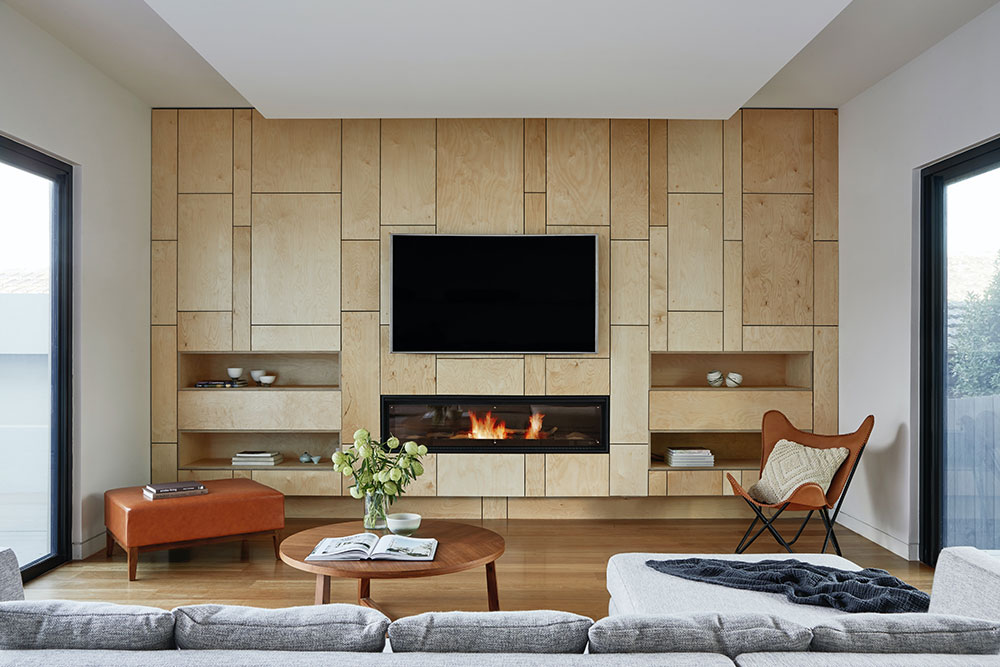Take your real estate advertising to the next level with game engines. Game engines can be used to create 3D replicas of a home or apartment for potential buyers to walk through and inspect. There are great benefits to using game engines to create virtual displays as part of your marketing campaigns. We take a closer look at this innovative technology and how your real estate business will benefit from adding game engines and virtual display homes to your promotional repertoire.
Virtual display homes created with game engines add incredible power to your marketing approach. These homes are 3D copies of homes or apartments which operate on virtual reality headsets or PCs. Viewers are able to navigate through these virtual spaces using arrow keys, just as they would when playing a video game. Game engines revolutionise the viewing experience, allowing real estate businesses to improve their storytelling power and heighten customer emotion and desire. A prospective buyer can relax in a virtual lounge space or even take a digital swim in the backyard pool. Just like games, these walkthroughs can be experienced in multiplayer mode, allowing couples to explore homes together from anywhere in the world. These tours can even be joined by real estate agents, who can guide viewers and present the home just as they would in person.
Virtual display homes can even be created before a real home is built, with virtual reality support added to PC modelling to fully immerse a viewer in the scene. These models can even serve as the starting point for other content, as cameras can record architectural animations or flythroughs. Virtual homes can be customised according to viewer preferences: clicking on the floor, for example, can allow them to select different carpets or tiles, and selecting the walls can even allow a change of colour and room configuration.
To create a virtual display home using a game engine, you first need a 3D model, which can come from a 2D floor plan or an architect’s CAD drawings. These models are then loaded into game engine software, such as Unity or Unreal, to add texture. Lighting and virtual furnishings are added, either from a model library or according to customer preferences. Final interactive features are added, such as turning on lights, stoves or taps.
Any computer with a strong graphics card can handle these virtual walkthroughs. These displays can be tethered and untethered. A tethered experience involves the use of a gaming computer and a headset connected by cable and acting as a display. Untethered experiences are created as apps for headsets, so that there’s no computer or tethering required. Creating virtual display homes with game engines will save you time and money, allow you to connect with remote buyers, and effectively showcase a neighbourhood and surrounding amenities. You’ll engage prospective buyers with photorealistic, interactive renders that truly impress. Get in touch with 3D Walkabout – we’ll help you explore your options and settle on the best solution for your business needs.
Summary: How to used game engines to create virtual display homes
Game engines craft 3D home replicas for immersive virtual exploration in real estate.
Interactive experiences mimic video game navigation, enhancing engagement for buyers.
Innovative technology revolutionizes storytelling, enabling multiplayer home tours and amenities interaction.
Pre-construction virtual homes merge PC modeling with VR, offering customizable interiors.
These engaging displays, accessible on graphics-rich computers, cost-effectively showcase properties and surroundings.
FAQs
What is VR in real estate?
At the moment, VR in real estate is focused on improving the buying experience. It’s a way for realtors and developers to show a property without buyers having to travel. It’s also a way to personalise the experience through property staging and allows clients to make adaptations in real time.
Why VR is good for real estate
VR is good for real estate because it allows people to experience properties without having to travel. It’s possible to see properties before they are completed and to enjoy an immersive experience that offers a real taste of how it might feel to live and work in the property.
How do you get virtual real estate?
You can buy virtual real estate via one of the various metaverse platforms. Popular ones include Decentraland, The Sandbox and Axie Infinity. Property is bought and sold using NFTs which are kept in your virtual wallet and linked to a buying platform such as Open Sea. Once you have connected your wallet to your chosen platform, it’s simply a case of following the instructions to complete the purchase.
What do you do with virtual real estate?
Virtual real estate can be bought and sold like tangible real estate. You can develop the land by adding houses, business premises and other assets – one notable virtual realtor has built their own virtual luxury yacht which has a reputation for immense parties.
Why do people buy virtual property?
People buy virtual property because they expect it to increase in value, which will enable them to buy a better virtual property – just like the tangible world. A virtual property allows people to experience a new environment and interact with others while increasing the potential to monetise their virtual world.
Can you make money with virtual real estate?
You can! Various platforms offer the opportunity to monetise your virtual assets. Houses can be bought or sold while being subject to the same influences of desirability as real-world property. You can use your virtual property to host virtual parties (which other avatars pay to attend) and sell virtual products. Big businesses such as Adidas and Nike are already trading in the virtual world
What is a virtual property?
A virtual property is one that exists in the metaverse, on platforms such as The Sandbox or Decentraland. They are bought and sold using NFTs. Virtual property can be interacted with and experienced using a VR headset or by gaming.


